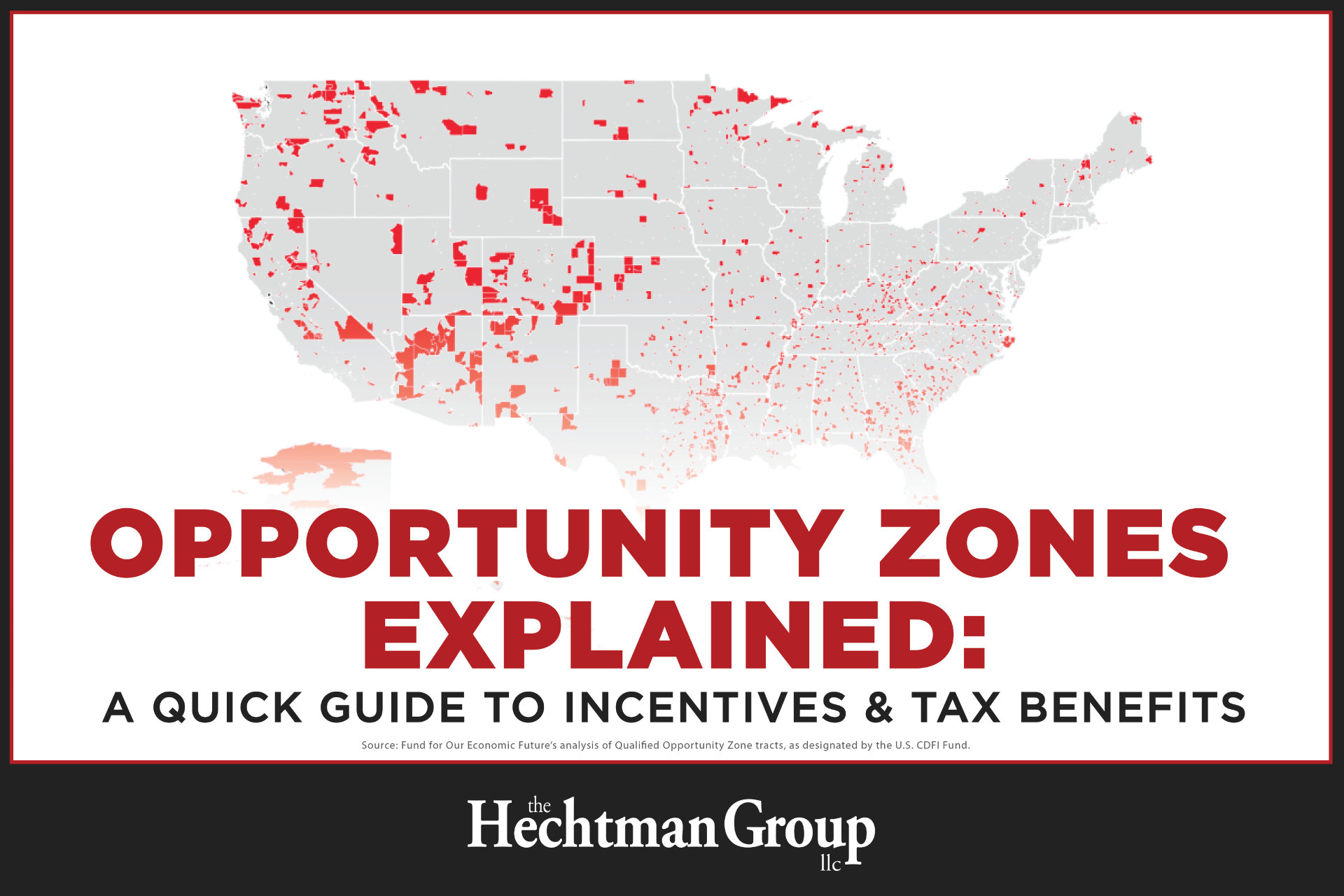
In the dynamic world of real estate investment, finding opportunities that offer both solid returns and significant tax advantages is often akin to finding a needle in a haystack. Opportunity Zones (OZs) have received considerable attention from savvy investors since their introduction in 2017. These designated areas offer unique incentives designed to stimulate local economic growth while providing substantial tax benefits for those willing to invest. But what exactly are Opportunity Zones and how can they benefit you as a real estate investor?
What Are Opportunity Zones?
Opportunity Zones were established under the Tax Cuts and Jobs Act of 2017 with the goal of boosting economic development in distressed communities. These zones are specific geographic areas, selected by state governors and certified by the U.S. Treasury, where investments are incentivized through tax advantages. The program is designed to encourage long-term investments in these areas, ultimately aiming to spur job creation, business growth, and overall economic revitalization.
How Opportunity Zones Work
At the heart of the Opportunity Zones program is the concept of Qualified Opportunity Funds (QOFs). These are investment vehicles specifically created to invest in properties and businesses located within Opportunity Zones. As an investor, you can defer paying capital gains taxes by reinvesting those gains into a QOF within 180 days of the sale that generated the gains. The longer you hold the investment, the greater the tax benefits.
There are various types of real estate investments that qualify under this program, including commercial properties, residential developments, and mixed-use projects. The flexibility in investment options makes Opportunity Zones attractive to a wide range of investors, particularly those looking to minimize capital gains taxes after other real estate sales.
Opportunity Zones Tax Incentives
The tax incentives associated with Opportunity Zones are the primary draw for investors, and they’re structured to reward long-term commitments:
- Deferral of Capital Gains: When you reinvest your capital gains into a QOF, you can defer paying taxes on those gains until the date you sell your QOF investment or December 31, 2026, whichever comes first. This deferral allows your initial capital to continue working for you, potentially growing in value.
- Exclusion of Gains on OZ Investments: Perhaps the most significant benefit is the potential to exclude any additional gains on your OZ investment from taxation altogether. If you hold your OZ investment for at least 10 years, you can permanently exclude any appreciation on the investment from capital gains taxes. This is a powerful incentive for long-term investors.
How to Maximize Opportunity Zone Tax Benefits
Maximizing the potential of Opportunity Zones requires a strategic investment approach. These tips help ensure you’re making the most of this program.
- Do Your Homework: Research the areas you’re considering to ensure they align with your investment goals. Look for zones with strong growth potential and solid economic fundamentals.
- Plan for the Long Term: The biggest tax benefits come with holding your investment for at least 10 years. Make sure you’re comfortable with a long-term commitment to the property or business you’re investing in.
- Leverage Professional Expertise: Opportunity Zones come with complex rules and regulations. Working with a knowledgeable accountant or financial advisor can help you navigate these complexities to make the most of available benefits.
Maximizing the benefits of Opportunity Zones demands strategic planning and expert guidance. The Hechtman Group brings unparalleled expertise in real estate accounting and tax planning, ensuring that your investments are structured for maximum benefit. Their team is dedicated to helping you unlock the full potential of these incentives so that your investments are in line with your financial goals.
Contact us today to discover how our specialized knowledge can take your real estate investments to the next level.